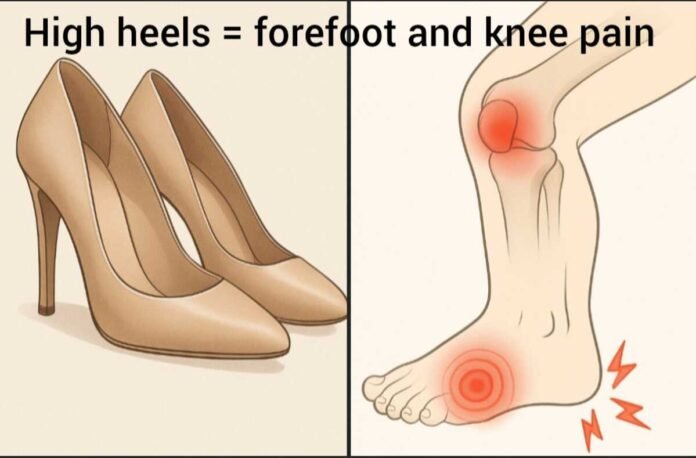Running is one of the simplest and most effective ways to stay fit. But while people invest in fitness trackers and training plans, they often overlook one critical factor—footwear. The wrong running shoes can turn a healthy activity into a source of pain, leading to shin splints, plantar fasciitis, knee discomfort, and even long-term joint problems.
To help runners make smarter choices, Dr. Samir Pilankar, a renowned Arthroscopy & Joint Replacement surgeon from Mumbai, shares his expert advice. With more than 25 years of experience, advanced training in Switzerland, Spain, and Germany, and over 5,000 successful surgeries, Dr. Pilankar has treated countless patients with sports-related injuries. His contributions have earned him the Abdul Kalam Award, the Times Icon Award 2022, and recognition in India Today’s Top Orthopedic Surgeons 2025.
Here, he breaks down what truly matters when choosing the right running shoes.
1. Know Your Foot Structure
Every runner’s foot is different—some have flat feet, others high arches, and many fall in between. Your arch type changes the way your foot strikes the ground, which determines the support you need.
-
Flat feet: Often benefit from stability shoes with added arch reinforcement.
-
High arches: Usually require more cushioning to absorb shock.
A gait analysis at a professional running store can give you valuable insights into your exact requirements.
2. Prioritize Comfort Over Style
Trendy sneakers may look appealing, but fashion should never outweigh function. Your running shoes should fit naturally, without causing pressure points, friction, or tightness. A narrow, stylish design might look good but could lead to bunions or blisters in the long run. Comfort is the golden rule.
3. Choose Cushioning That Matches Your Running Style
Cushioning isn’t universal—it depends on how and where you run.
-
Distance runners: Often prefer shoes with softer midsoles to absorb repeated impact.
-
Sprinters: May opt for firmer soles that deliver a more responsive push-off.
Insufficient cushioning can increase the risk of stress fractures and joint pain. Testing different levels of padding can help you find the perfect balance.
4. Get the Fit Right
Even the most advanced shoe is useless if it doesn’t fit correctly. Dr. Pilankar recommends:
-
Trying on shoes later in the day, when feet are slightly swollen (as they would be during a run).
-
Ensuring about a thumb’s width of space in the toe box.
-
Checking that the heel is secure without slipping.
The wrong fit can lead to black toenails, blisters, or ankle instability.
5. Match Shoes to Your Running Environment
The surface you run on should guide your shoe choice.
-
Road running: Go for lightweight shoes with ample cushioning for smooth pavements.
-
Trail running: Opt for rugged shoes with durable outsoles, reinforced stability, and strong traction to handle uneven terrain.
Wearing the wrong type of shoe for your environment not only reduces efficiency but also raises injury risks.
6. Replace Shoes at the Right Time
Running shoes don’t last forever. Even if they look fine, internal support and cushioning wear out after 500–800 km of use. Old shoes force your body to compensate, straining joints and muscles. If you run regularly, track your mileage and rotate pairs to extend their lifespan.
7. Always Test Before You Buy
Never rely on looks or reviews alone. Try the shoes in-store or on a treadmill, taking a short jog to see how they feel in motion. Pay attention not only to immediate comfort but also to how your feet respond after a few minutes. Small discomforts at first can turn into bigger problems later.
Conclusion: Smarter Shoes, Better Running
The right running shoes aren’t just an accessory—they’re an essential tool for performance and injury prevention. By selecting footwear based on your foot type, running terrain, and comfort needs, you set yourself up for a healthier, more enjoyable running journey.
As Dr. Samir Pilankar emphasizes, “Investing in the right shoes today is investing in your long-term health and performance.”



